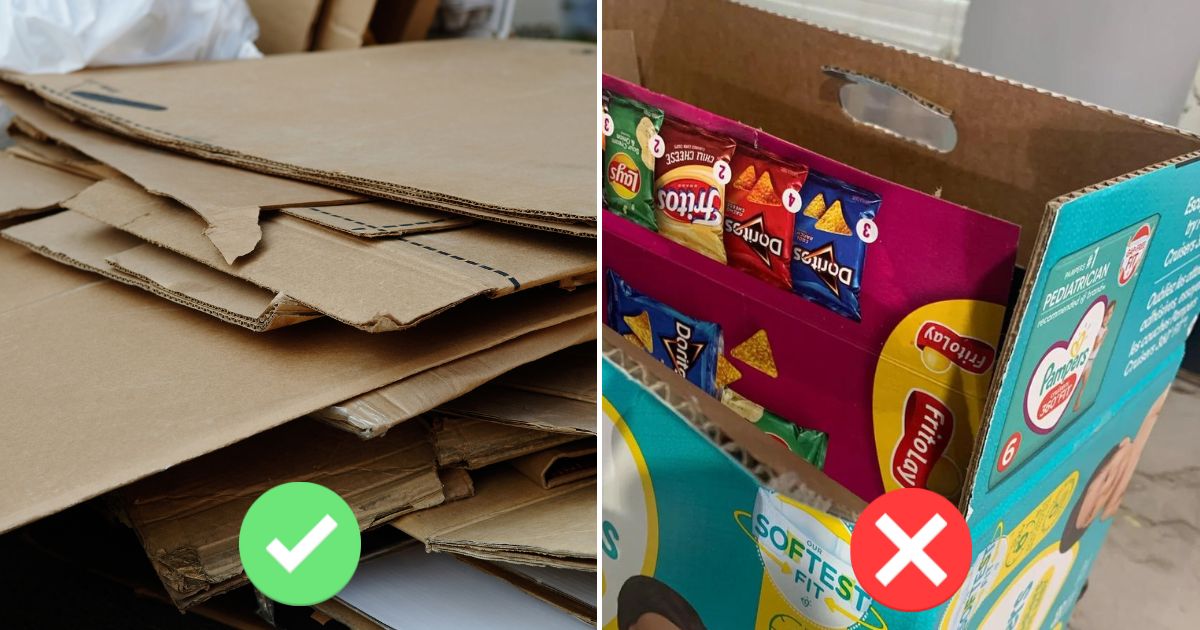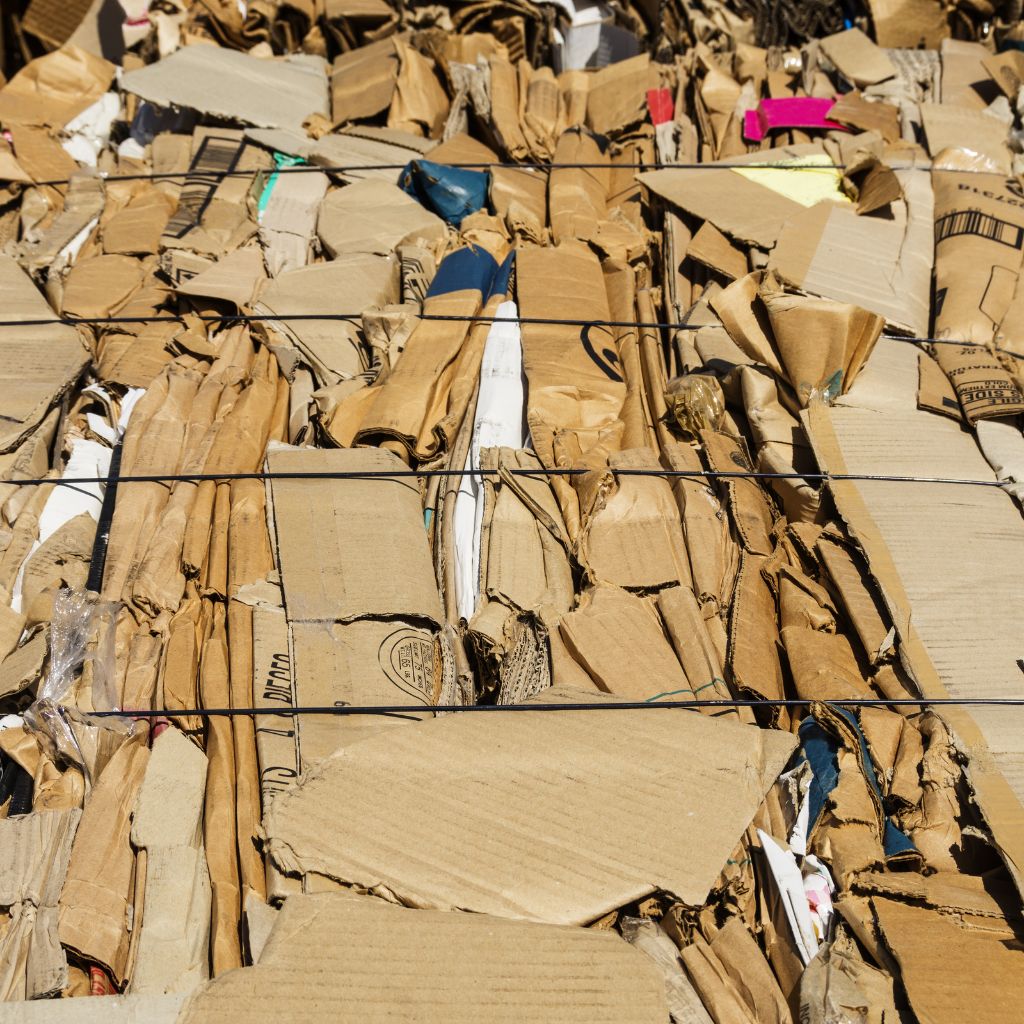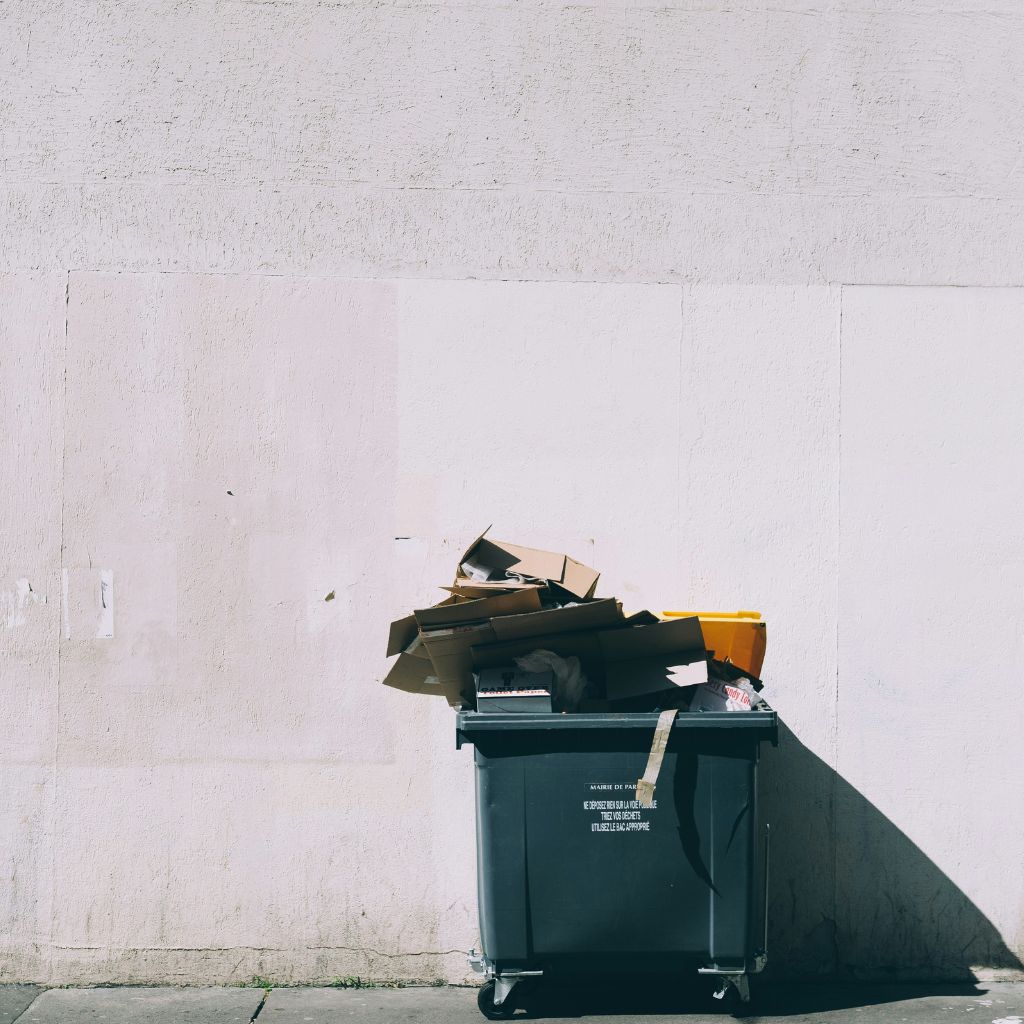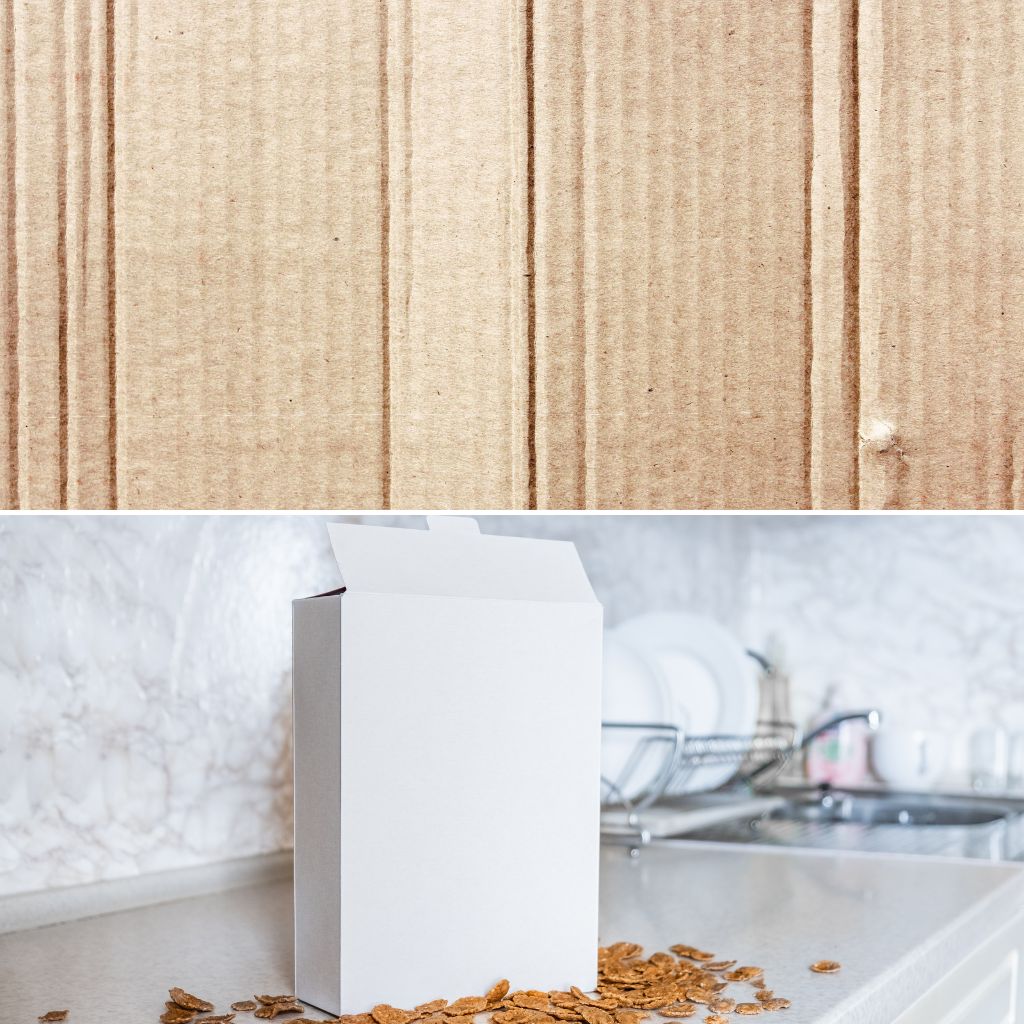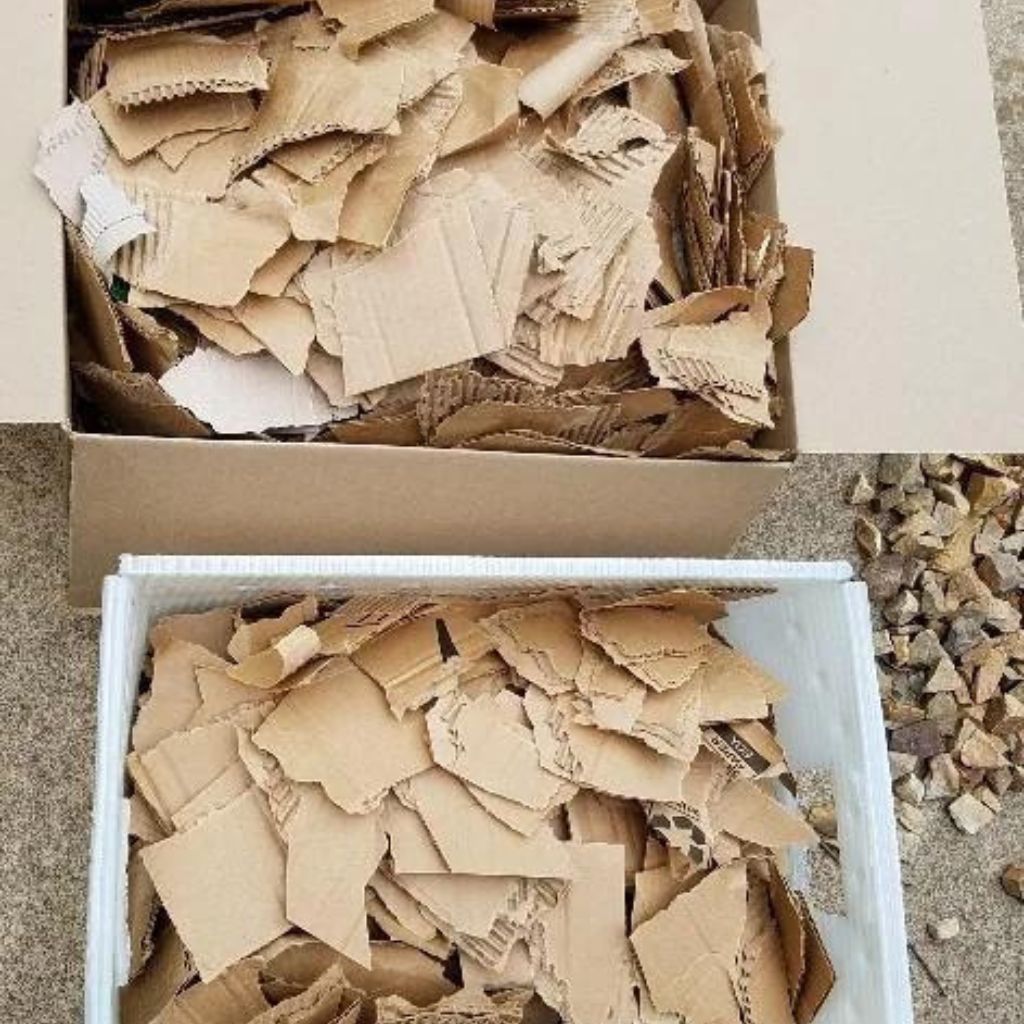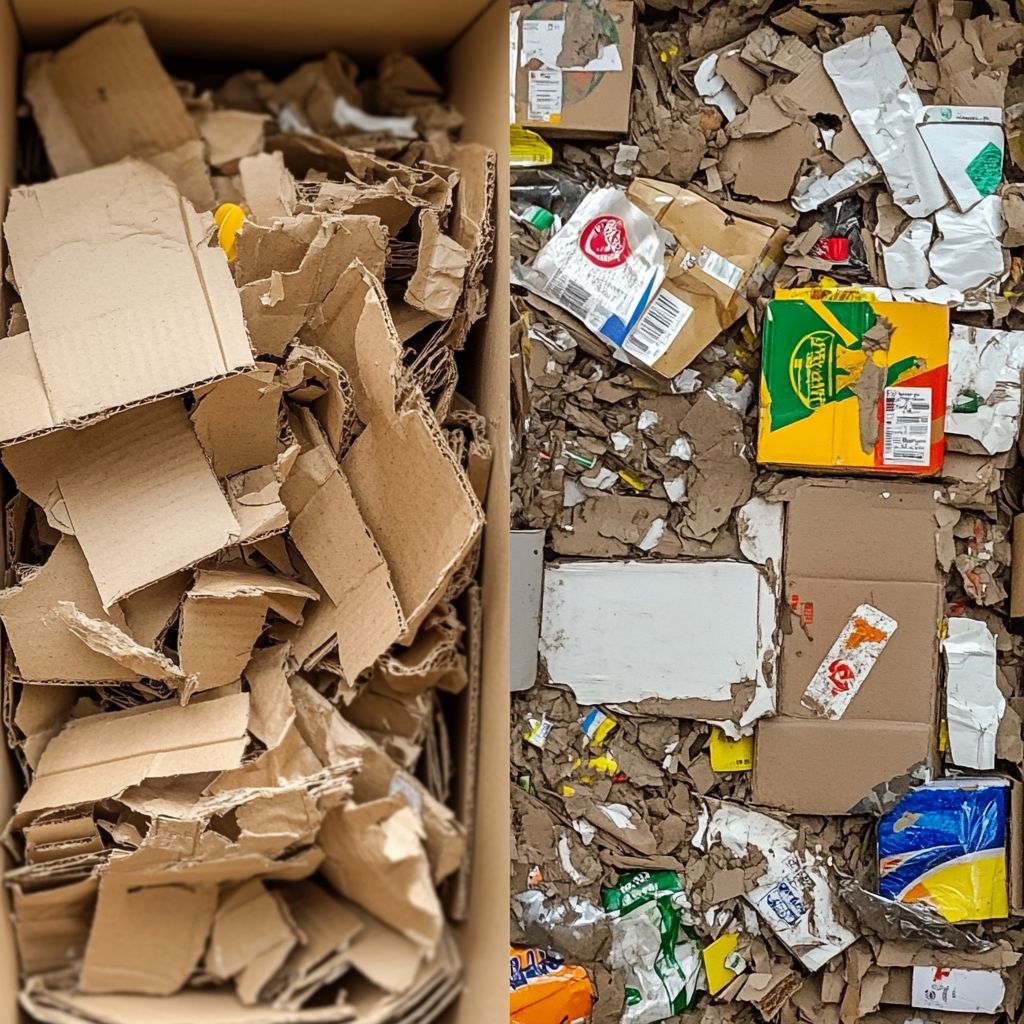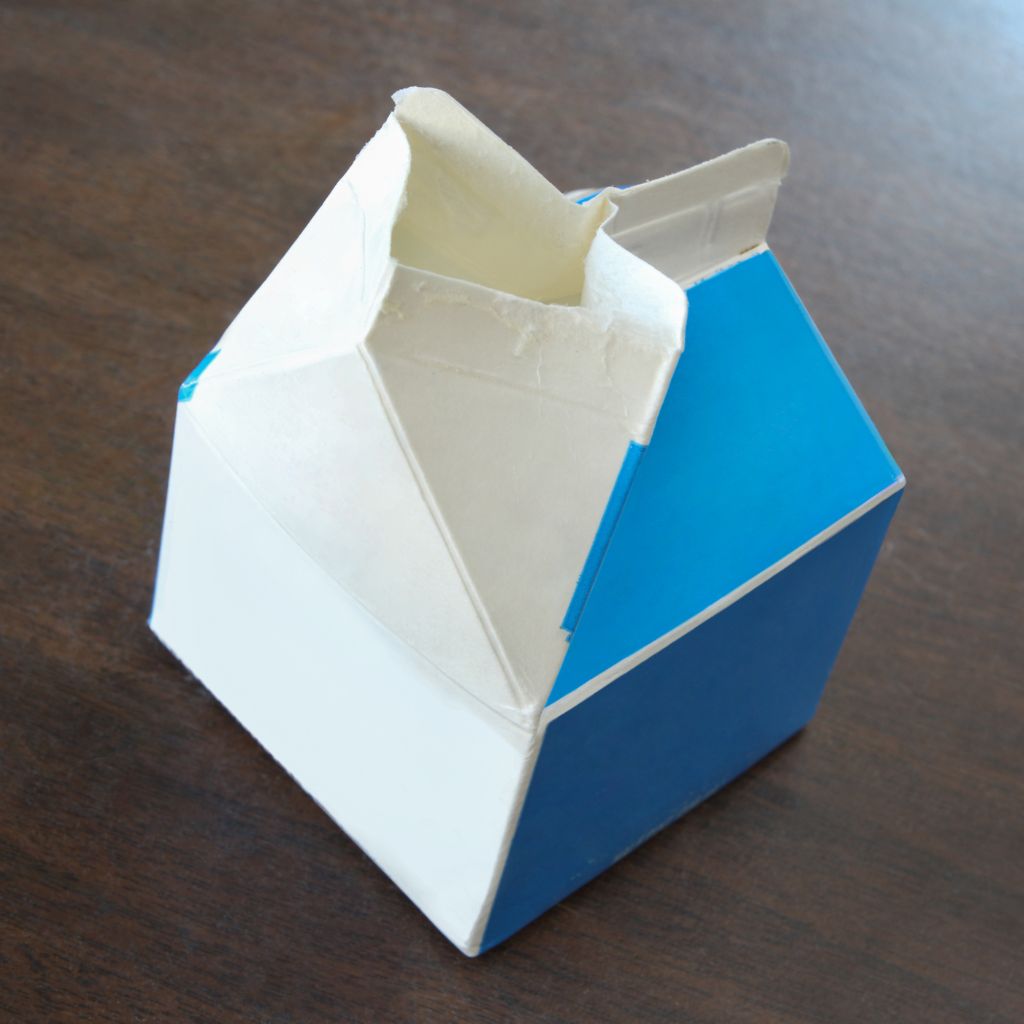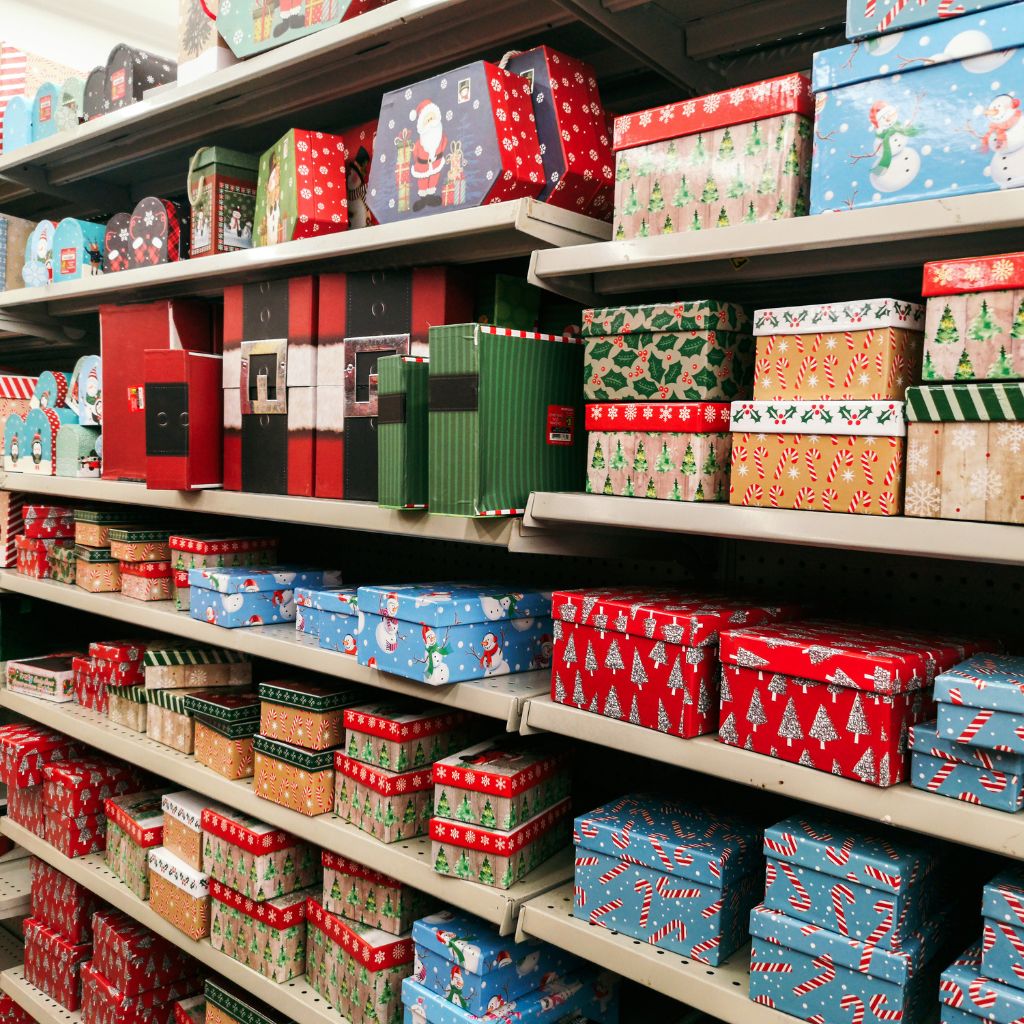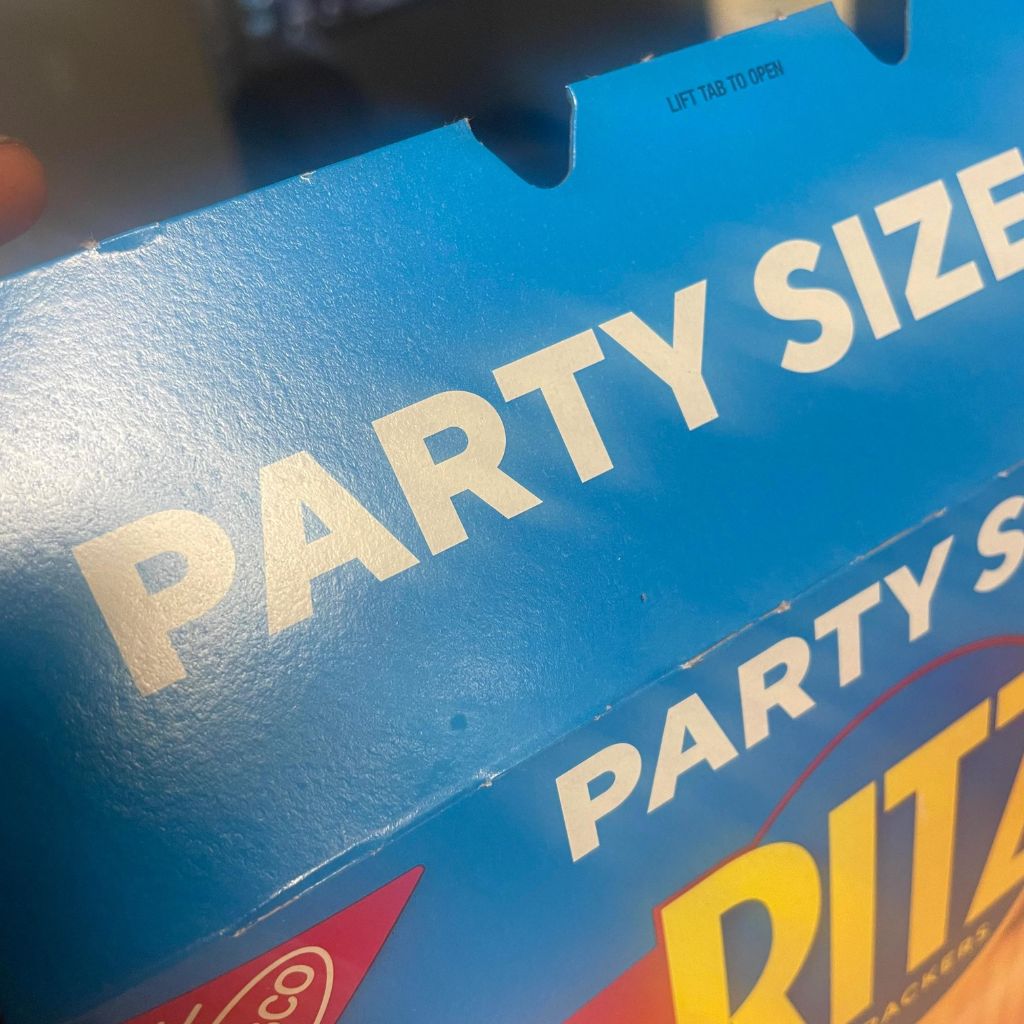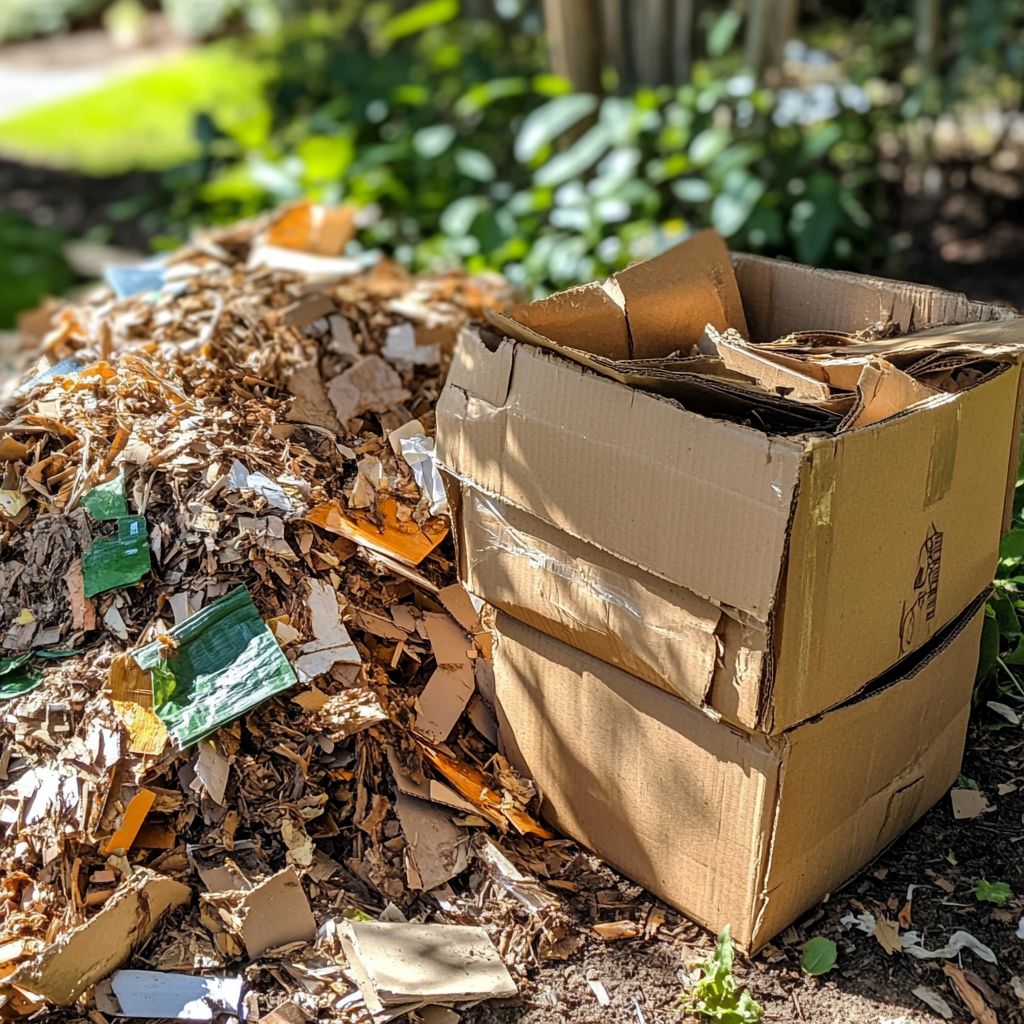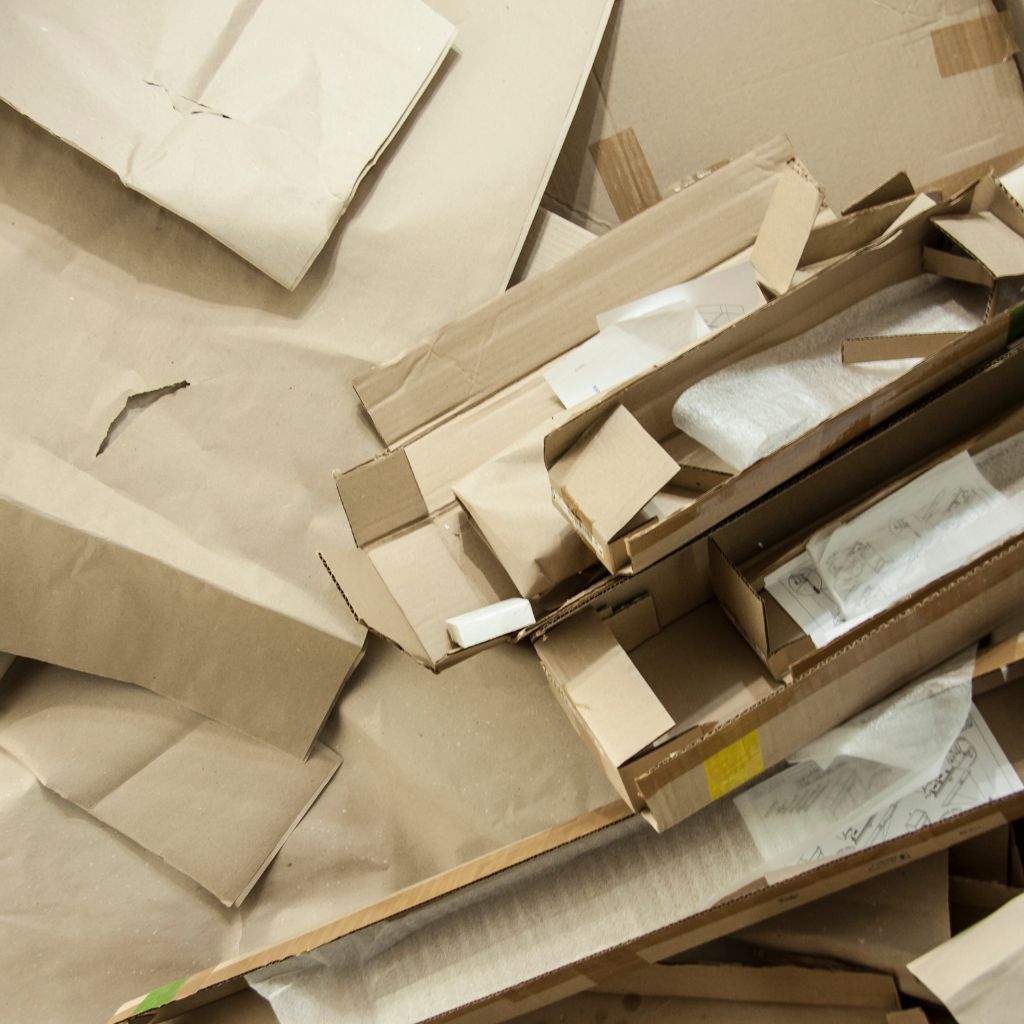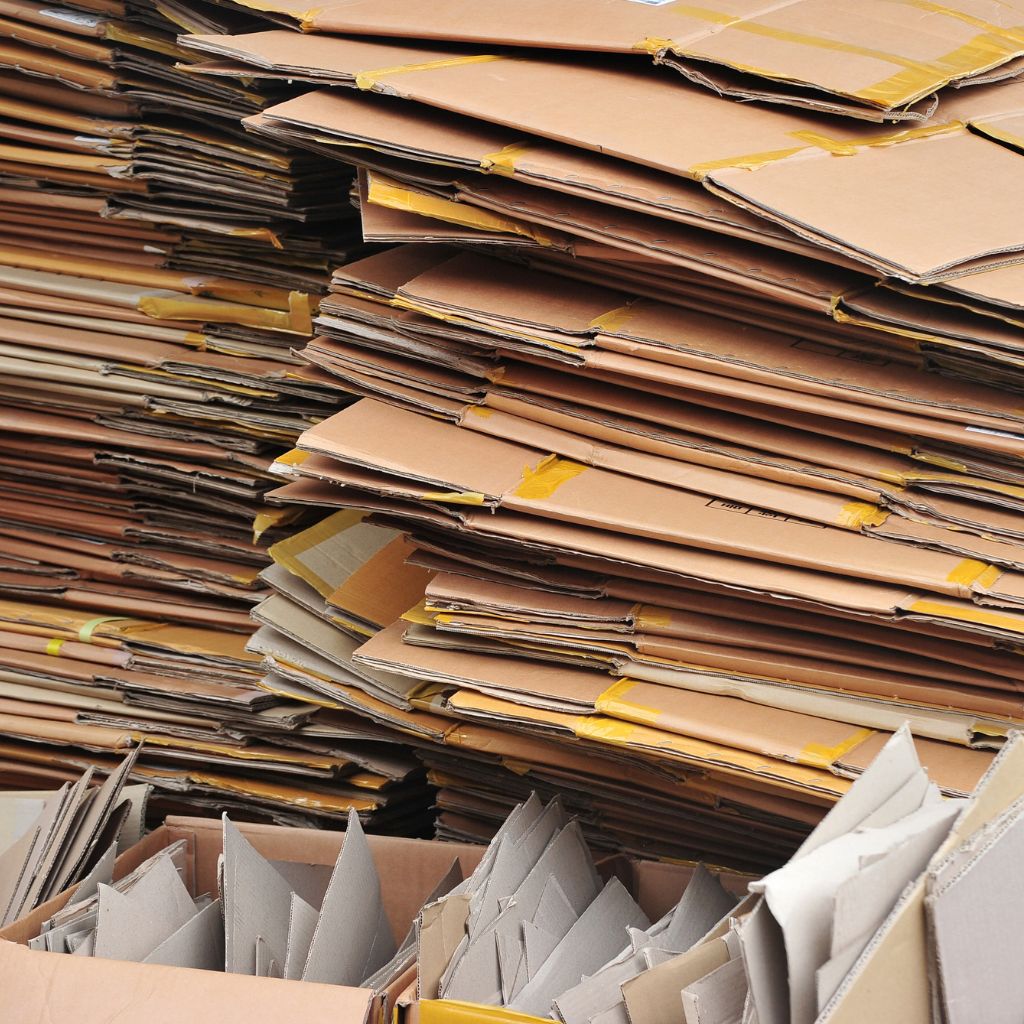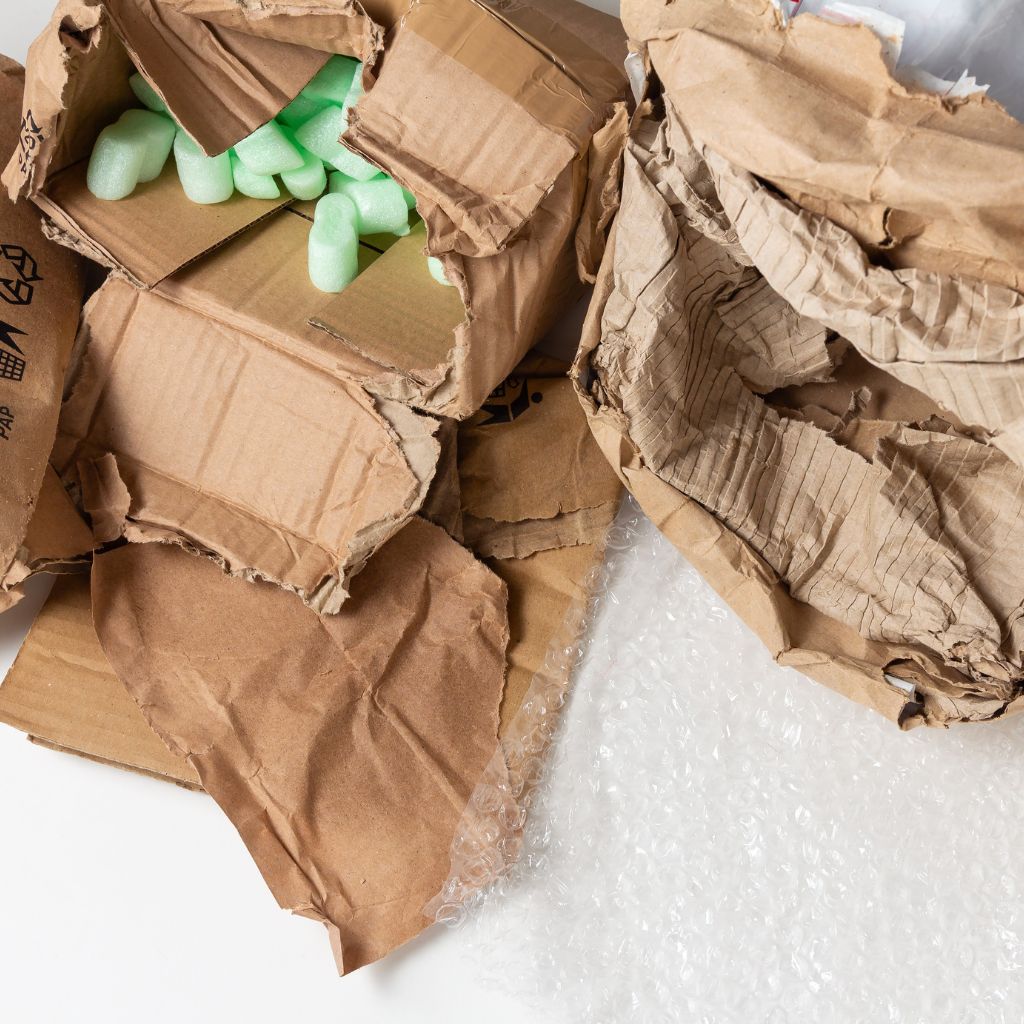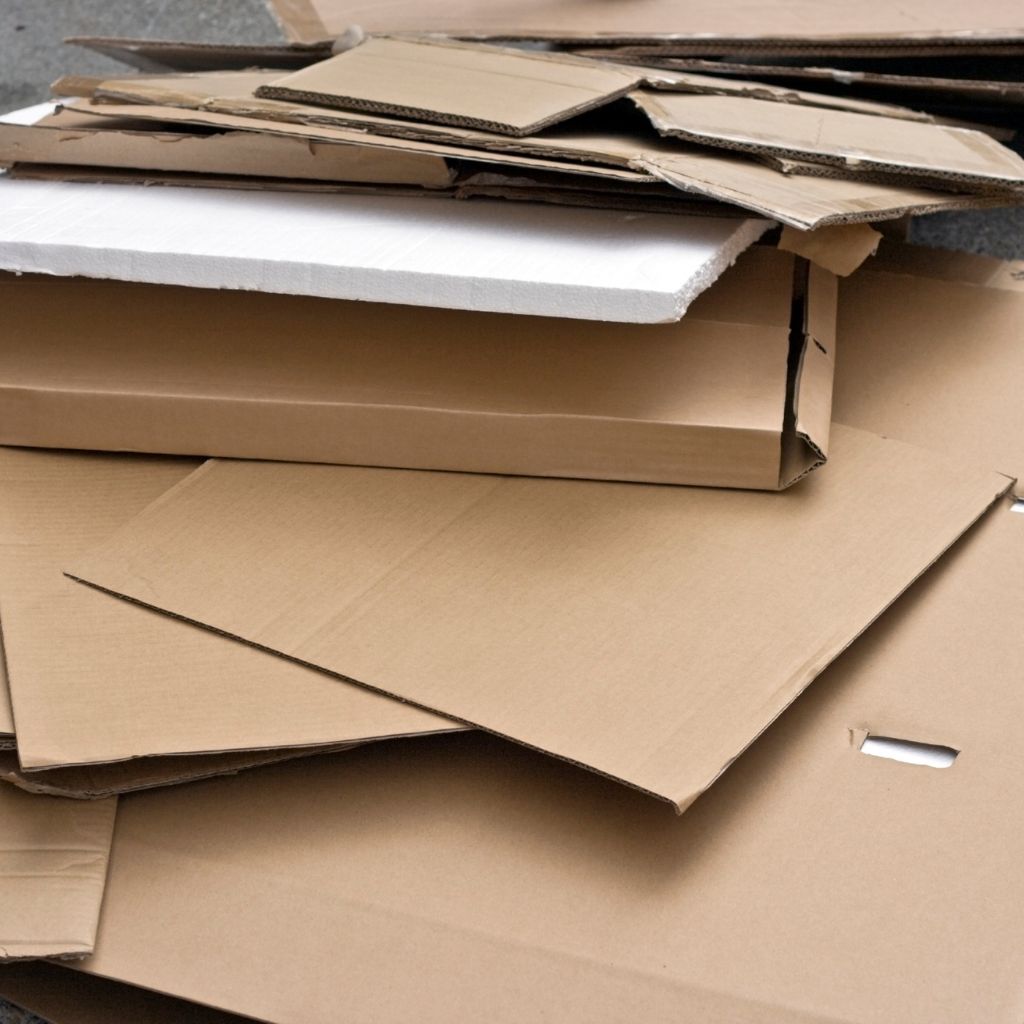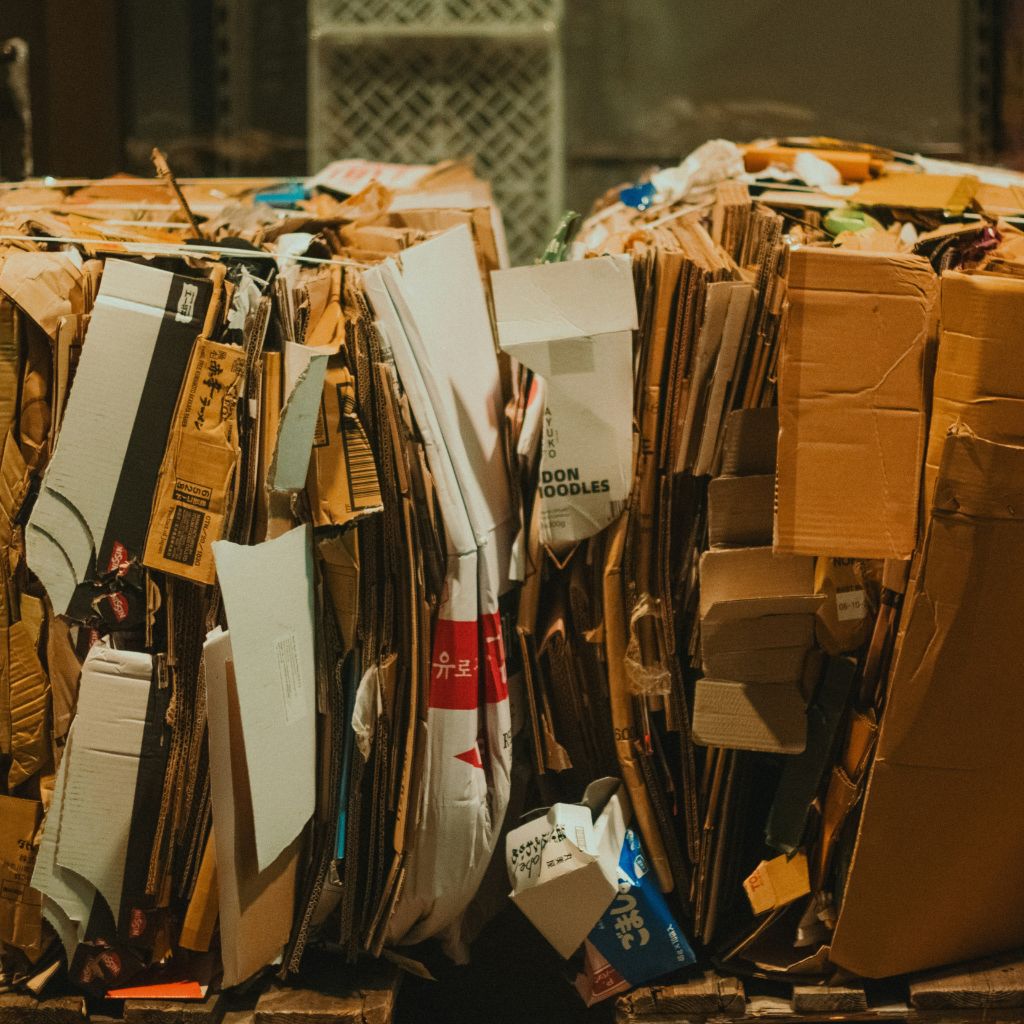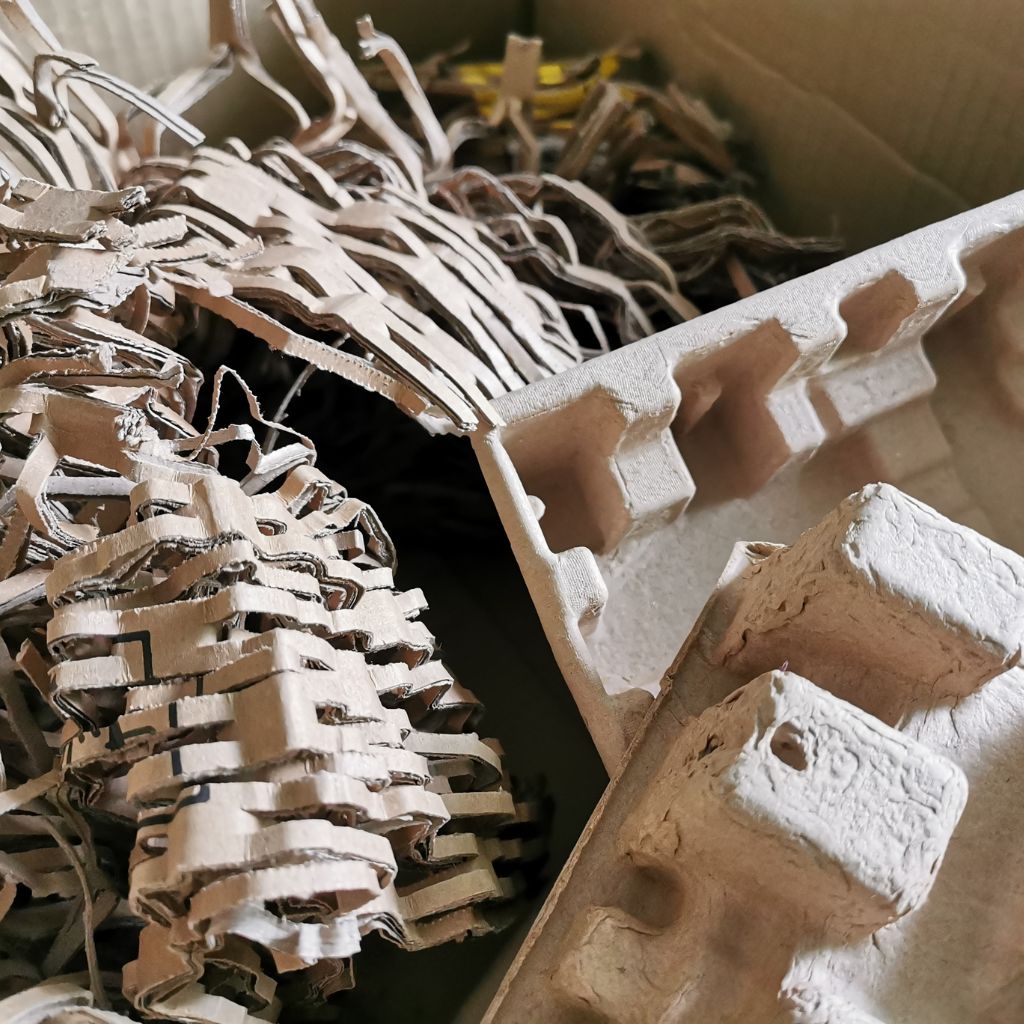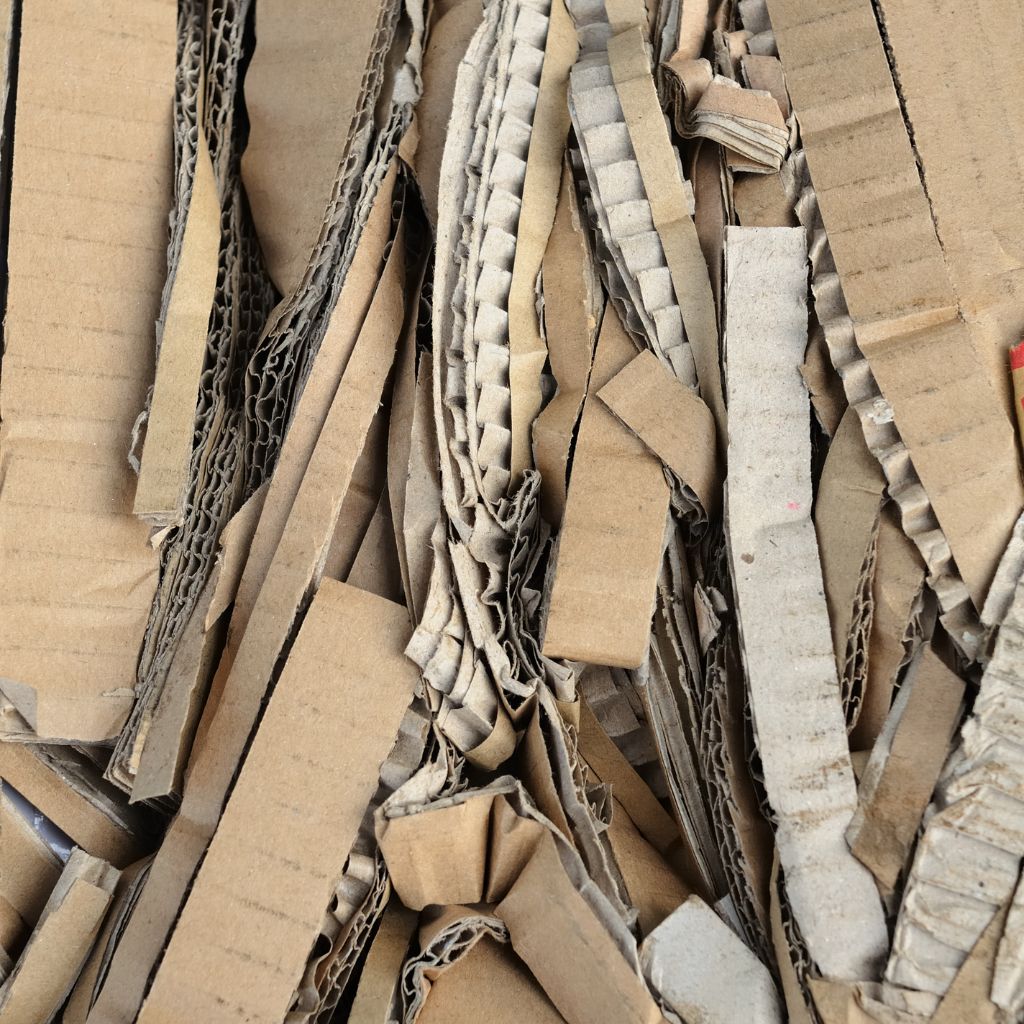Cardboard is one of the most common materials we encounter in our daily lives, from packaging to shipping boxes.
But what happens to all that cardboard once we’re done with it? Instead of sending it to landfills, a more sustainable option is composting. Cardboard, being rich in carbon, can significantly improve your compost pile.
However, there are best practices and common pitfalls you need to know before tossing all your cardboard into the mix. In this guide, we’ll explore how to compost cardboard effectively and what to avoid for the best results.
Why Compost Cardboard?
Cardboard is primarily composed of wood pulp, which means it’s rich in carbon, an essential element for composting. Carbon helps balance the nitrogen found in green materials like food scraps and grass clippings, maintaining a healthy compost pile.
Without enough carbon, your compost pile can become a smelly, slimy mess. But when balanced correctly, cardboard can help aerate the compost and regulate moisture, creating a nutrient-rich end product for your garden.
Here are some benefits of composting cardboard:
Air and Moisture Regulation: Cardboard helps create air pockets in your compost, ensuring proper airflow and preventing compaction, which speeds up decomposition.
Balancing Nitrogen-Rich Materials: The carbon in cardboard helps balance the nitrogen from food scraps, grass clippings, and other green materials, promoting a faster and healthier composting process.
Waste Reduction: Composting cardboard reduces the amount of waste sent to landfills, making your home more sustainable.
Best Practices for Composting Cardboard
Not all cardboard is created equal, and not all of it can be composted safely. Here’s a breakdown of the types of cardboard you should compost and how to do it properly.
1. Use Corrugated Cardboard
Corrugated cardboard, commonly used in shipping boxes, is one of the best types for composting. It’s made up of layers that create air pockets, promoting aeration and faster decomposition.
Before adding it to your compost pile, tear or shred it into smaller pieces. Shredded cardboard decomposes faster and is easier for microorganisms to break down.
Tip: You can use a paper shredder for thinner pieces of cardboard, but larger sheets can be torn by hand or cut with scissors.
2. Flat Cardboard is Good but Slower
Flat cardboard, like cereal boxes or shoe boxes, is another acceptable form for composting, but it doesn’t break down as quickly as corrugated cardboard.
To help speed up the process, shred or cut the flat cardboard into smaller pieces.
This type of cardboard can be especially useful in the “lasagna” composting method, where you layer carbon-rich materials like cardboard with nitrogen-rich materials like food scraps and grass.
3. Remove Non-Compostable Materials
Before adding cardboard to your compost pile, make sure to remove any plastic tape, labels, or stickers. These materials don’t break down and can contaminate your compost, making it less effective and harder to manage.
Best Practices Checklist:
Shred or tear cardboard into small pieces.
Remove any tape, labels, or non-biodegradable elements.
Mix cardboard with green materials like food scraps to maintain a proper carbon-to-nitrogen ratio.
Types of Cardboard to Avoid
While many types of cardboard are compostable, some are best avoided due to coatings, chemicals, or inks that can be harmful to your compost pile and, eventually, your soil.
1. Avoid Wax-Coated Cardboard
Some cardboard, like that used for milk cartons or takeout boxes, is coated in a thin layer of wax to make it waterproof. Wax-coated cardboard doesn’t break down easily and can introduce non-biodegradable materials into your compost.
If the wax coating is minimal and you’re determined to compost it, soaking the cardboard in water can sometimes dissolve the wax, but this process is time-consuming and not always effective.
2. Steer Clear of Shiny or Glossy Cardboard
Shiny or glossy cardboard, such as soda packaging or certain gift boxes, often contains plastic or heavy inks that don’t break down in compost.
These materials can contaminate your compost with chemicals or leave behind microplastics, which can be harmful to plants.
Tip: If the cardboard has a shiny surface, it’s usually best to recycle it rather than compost it.
3. Be Wary of Heavily Dyed Cardboard
While cardboard with light printing is generally fine to compost, heavily dyed cardboard can contain toxic inks that are harmful to both your compost pile and your garden. Avoid adding cardboard with large, colorful graphics or logos, especially if you’re unsure of the ink’s composition.
Common Pitfalls to Avoid
Even with the best intentions, composting cardboard can go wrong if you don’t pay attention to a few key factors. Here are the most common mistakes people make when composting cardboard and how to avoid them.
1. Using Too Much Cardboard
While cardboard is an excellent source of carbon, too much can throw off the balance of your compost pile. A healthy compost pile requires a balanced ratio of carbon-rich (brown) materials and nitrogen-rich (green) materials. If you overload your compost pile with cardboard, it can become too dry and won’t break down properly.
Solution: Maintain a balanced compost by layering shredded cardboard with green materials like food scraps, grass clippings, or coffee grounds. A good rule of thumb is to aim for about a 3:1 ratio of browns to greens.
2. Failing to Shred or Tear Cardboard
Large, intact pieces of cardboard take much longer to decompose than smaller pieces. Simply tossing a whole shipping box into your compost pile can slow down the process significantly.
The microorganisms that break down organic matter need surface area to work efficiently, and large chunks of cardboard don’t provide that.
Solution: Always tear or shred cardboard before adding it to your compost pile. The smaller the pieces, the faster they’ll decompose.
3. Ignoring Moisture Levels
Cardboard has excellent moisture-absorbing properties, which can be a double-edged sword. If your compost pile becomes too dry, decomposition will slow down or even stop. On the flip side, if the pile becomes too wet, it can turn into a soggy, smelly mess.
Solution: Monitor the moisture levels in your compost pile regularly. The pile should be about as moist as a damp sponge—neither too dry nor too wet.
If it feels dry, add more green materials or water. If it’s too wet, mix in more cardboard or other dry materials to absorb the excess moisture.
4. Not Turning the Pile Regularly
One of the keys to successful composting is turning your compost pile regularly. This introduces oxygen, which is essential for the microorganisms that break down organic matter.
If you don’t turn your pile, it can become compacted, leading to slower decomposition and even the growth of anaerobic bacteria, which can produce unpleasant odors.
Solution: Turn your compost pile every one to two weeks to introduce oxygen and promote even decomposition.
Composting Methods for Cardboard
There are several ways to compost cardboard, each with its own benefits and time requirements. Here are the three most common methods.
1. Lasagna Method
The lasagna method, also known as sheet composting, involves layering cardboard with other organic materials, mimicking the layers of a lasagna. This method is ideal for slow composting and works best for gardeners who don’t mind waiting a bit longer for their compost to be ready.
How to Do It:
Lay a sheet of cardboard flat on the ground or in your compost bin.
Add a layer of green materials (food scraps, grass clippings, etc.).
Alternate layers of cardboard and green materials, finishing with a green layer.
Dampen each layer to speed up the decomposition process.
2. Shredded Method
Shredding cardboard is the fastest way to compost it. The smaller pieces break down quickly and can be mixed easily with other materials.
How to Do It:
Shred cardboard into pieces no larger than 1 inch wide.
Mix the shredded cardboard with green materials in your compost pile.
Turn the pile every few days to ensure even decomposition.
3. Layering Method
The layering method is a middle-ground option that requires you to break the cardboard into smaller pieces but not shred it completely. This method takes a bit longer than the shredded method but is less labor-intensive.
How to Do It:
Tear cardboard into small pieces.
Alternate layers of cardboard and green materials in your compost pile.
Turn the pile occasionally to promote even decomposition.
Composting cardboard is an eco-friendly way to reduce waste and improve your garden’s soil health.
By following best practices—like shredding or tearing cardboard into small pieces, maintaining a proper balance of carbon and nitrogen, and avoiding wax-coated or glossy cardboard—you can create nutrient-rich compost that benefits your plants and the environment.
Just be mindful of common pitfalls, like overloading your compost with cardboard or ignoring moisture levels, and you’ll be well on your way to composting success.
